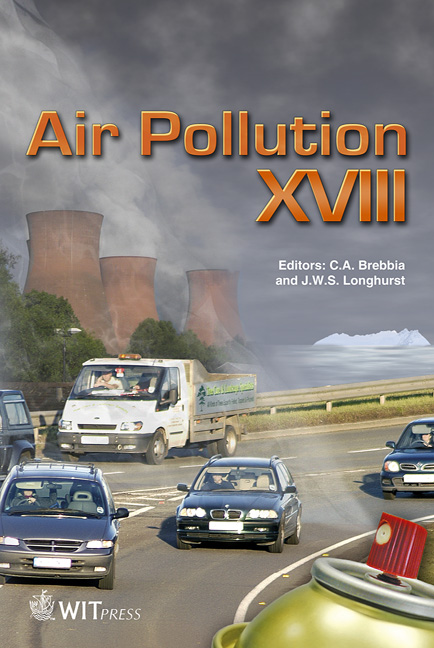Air Quality Modelling As A Tool For Sustainable Urban Traffic Management
Price
Free (open access)
Transaction
Volume
136
Pages
12
Page Range
3 - 14
Published
2010
Size
726 kb
Paper DOI
10.2495/AIR100011
Copyright
WIT Press
Author(s)
J. H. Amorim, M. Lopes, C. Borrego, R. Tavares & A. I. Miranda
Abstract
This work intends to assess the impact of road traffic management on urban air quality at the street level. At the core of the applied methodology is the numerical modelling of wind flow and air pollutants dispersion in a typical European urban environment. Through the application of a Computational Fluid Dynamics (CFD) model, the synergies between the 3D configuration of the street-canyon, in addition to the impacts on the dispersion of CO and PM10 emitted by vehicles, were evaluated. Air quality simulations were performed for a study domain of approximately 2501000 m2 in the downtown of a medium sized Portuguese town, with average daily traffic of 21,400 vehicles. Different traffic scenarios were analysed based on the modification of the number and location of traffic lanes for typical meteorological boundary conditions. Complex dispersion patterns were obtained due to the effect of buildings and trees on the wind flow. Moreover, simulations for the different scenarios have shown distinct behaviours of the air pollutants due to the prevailing wind direction and road positioning. It was concluded that, for typical conditions, the closure of the two traffic lanes located on the south side of the main avenue and the two adjacent streets is the best solution for air quality improvement. This scenario leads to a 31% reduction in CO and PM10 concentrations on the North sidewalk and 81% on the South sidewalk when comparing to present conditions. The other alternative leads to a reduction of, respectively, 70% and 20%. The first scenario also leads to maximum decreases of 57% and 59%, respectively, in the CO and PM10 peak concentrations. These conclusions stress the importance of integrating the knowledge provided by the application of CFD models in urban planning and road traffic management with the goal of promoting urban sustainability.
Keywords
road traffic management, traffic scenarios, traffic emissions, CFD modelling, street canyon, air pollution, human comfort, human health, hot-spots





